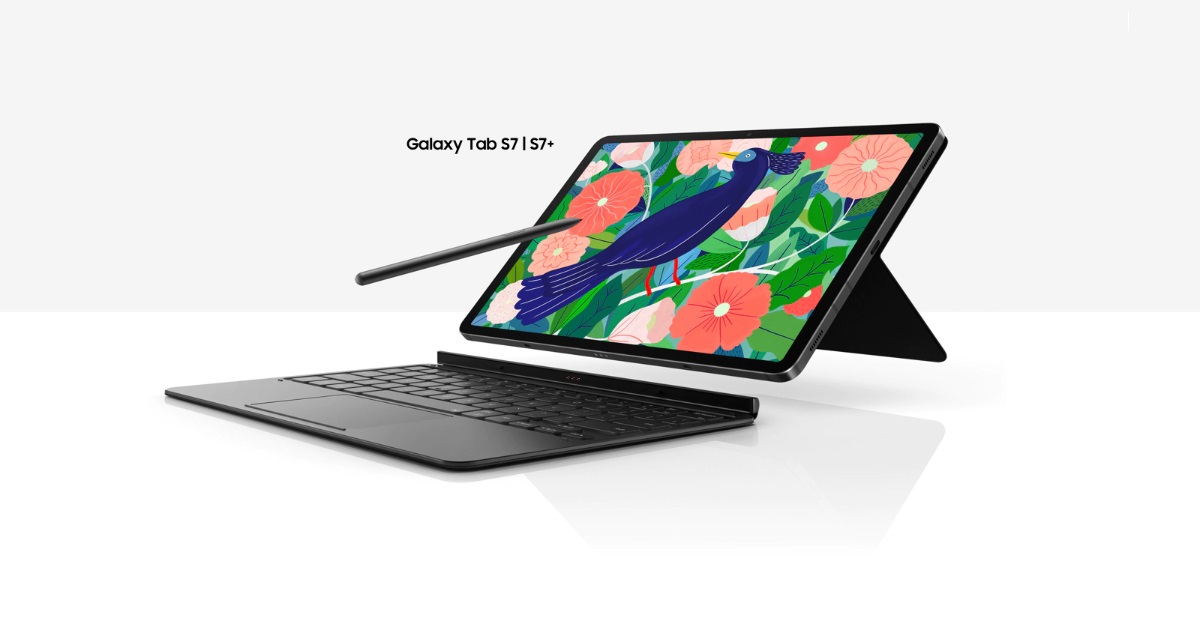Some would compare Android to Windows and how multiple companies sell devices running the same OS. However, the version of Android on your Samsung device will look different than the one sold by OnePlus. That’s because they create their own OEM ROM (AKA OEM Skin) and that is what I will be talking about today.
As my voice is still a bit raspy sounding, I felt it would be best to do a follow-up on the article I wrote yesterday. If you missed it, be sure to stay updated with the new Android 101 segment that I have begun to help beginners learn the ins and outs of the Android ecosystem.
During the TL:DR I mentioned the term OEM ROM and not everyone really knows what that is. Since that is what Android 101 is all about, today we will be talking about why there are so many different versions of Android floating around and why some of them look different than others.
TL:DR
An OEM ROM, which is sometimes referred to as an OEM Skin (or even just an OEM firmware) is a specialized version of Android that is made by the manufacturer. It’s usually meant to look different and oftentimes comes with unique features that are not found on other devices.
It’s highly unlikely that the What is AOSP article I did yesterday was the first time you heard of the term terms we are talking about today. However, as I was thinking about where to go from yesterday’s article, this one made a lot of sense. This is especially true when you compare it to how Windows is sold by different companies.
AOSP is Open Source, Windows is Not
This is the real reason why you don’t see crazy versions of Windows being sold by companies including Dell, HP, Lenovo, and others. It’s because the Windows codebase is proprietary and is closed source. It’s completely owned by Microsoft and they don’t allow OEMs to make any drastic changes like that.
Sure, you’ll find a set of different pre-installed apps on these Windows devices depending on which company you buy it from. And they can even make changes like having a predetermined wallpaper. But they can’t put the Taskbar at the top of the screen (even though you can) and they can’t change how the Start menu looks either.
On the other hand, AOSP is open source and that means OEMs can change just about whatever they want with the published codebase that I talked about yesterday. There are some out there who follow Google’s limited set of rules and that allows them to use proprietary components including the Google Play Store.
However, there are others who go in the complete opposite direction and create their own operating system from the AOSP codebase. Amazon is the biggest company who does this right now but there are dozens, if not hundreds, of others that do the same. Each comes with their own pros and cons and the company has to decide on what path they want to go down.
Android is Comparable to Linux in a Number of Ways
I didn’t want to get too technical in yesterday’s article about the Android Open Source Project but Android is Unix-like. It’s comparable to Linux in that it is open source but it uses a modified version of the Linux kernel. Android in and of itself is a close of AOSP just like Linux is considered to be a clone of UNIX.
But what does that really mean? Like I’ve said before, it means anyone (you, me, a multi-billion dollar corporation) can take the AOSP codebase and create our own version of Android. We are still required to release the kernel source code but at the end of the day we can put whatever we want in our version of Android.
While AOSP must stay open source, Android can include a ton of proprietary and closed source code. I don’t feel an article comparing open source to closed source fits in the Android 101 segment so if you’re still confused here then do a bit of research on Google to learn more.
So just like Android has multiple versions of itself (aka an OEM ROM or an OEM Skin), Linux has multiple versions of it as well. These are referred to as Linux distributions and some of them come with proprietary and closed source code as well. As long as they follow the terms of its respective licenses (which is Apache License 2.0 GNU GPL v2 for Android) then you’re free to use the open source code all you want.
How Many OEM Skins or OEM ROMs are Available?
Not every smartphone manufacturer uses their own OEM skin or OEM ROM. Some are happy to use the AOSP codebase for their device and be done with it. All that does is leave them to get drivers integrated into the kernel so that the various pieces of hardware works (camera, microphone, etc).
The thing is, that isn’t what most smartphone manufacturers do. Instead, they create these drastically different versions of Android for their devices. They go so far as to even give them their own branding too so that customers will hopefully learn the differences and become loyal to that specific company.
Even if some OEMs decide to change things up, some don’t bother to try to brand their version of Android. This is typically common among new and upcoming companies as they are spending their resources spreading the word of their actual brand name. This almost always changes though so here are a number of OEM ROMs (or OEM Skins) that are popular these days. . .
Samsung Experience OEM Skin
The Samsung Experience was recently rebranded from TouchWiz but they just released a new design language that they are calling One UI.
https://www.youtube.com/watch?v=X3LVk0i6bY4
LG UX OEM ROM
LG Mobile has stuck with the LG UX moniker for years now as they simply increase the version number of it just like the do with their core LG G series flagship smartphone.
Xiaomi MIUI OEM Skin
Xiaomi has stuck with this Mi branding for some reason (I haven’t done much research into it) but it’s gotten to the point where their company logo is an orange box with the white letters Mi inside it
Huawei EMUI OEM ROM
Huawei and Honor go hand-in-hand since the latter is a sub-brand of the former. With the parent company being one of the most popular smartphone manufacturers in the world, they’ve put a lot in their software to be unique.
OPPO ColorOS OEM Skin
OPPO is another one of these massive companies whose parent company is actually BBK Electronics and OPPO is the parent company of OnePlus. OPPO’s version of Android is called ColorOS which is currently at version 5.2 but will soon have a big update to 6.0 thanks to Android Pie.
OnePlus OxygenOS OEM ROM
I could go on and on but we’ll stop here at OxygenOS and HydrogenOS from OnePlus. OxygenOS is the company’s global version of their software while HydrogenOS is their Chinese/Asian version (which is similar to how Xiaomi does things).
The List Goes On and ON
These are just 6 of the biggest Android smartphone makers right now and as you can see, each one puts out a different version of what they believe is the best version of Android. Most of the different OEM ROMs look different and almost all of them have at least one unique feature that the others do not.
Although, there is a lot of overlap when to comes to certain features. For example, lift to wake is becoming popular these days, double tap to wake has been around for years now, and even an always-on display is something more and more companies are adding into their version of Android.
I do want to point out that there are still going to be a lot of various functions that remain the same between all of these different flavors of Android. The Home and Back buttons are going to be at the bottom (even if Samsung likes the back button to be on the right side on the navigation bar).
Swiping down from the top of the screen is almost always going to revela what is known as your Notification Shade and access to some of your Quick Settings tiles. Swiping down again will reveal your entire Quick Settings Panel. It’s okay if you don’t know what these terms mean as I will be going over them in the future.
Remember, this is the Android 101 area and that assumes you have never used an Android device before in your life. I do apologize for using some of these terms before I explain what they are but some people will know what they are. Just like we all use our phones differently, we are all at different levels of knowledge when it comes to Android.
Why Do Smartphone OEMs Do This?
I could go on and on and this is a very good question but I feel it would be better suited for another topic in general. To give a quick answer, it’s because they want their phones to stand out from the competition as they believe they can offer a better version of Android than someone else.
However, I will be diving deeper into this question later so you have a better understanding of why companies do this even though it can cause confusion when switching from one phone to the next.




